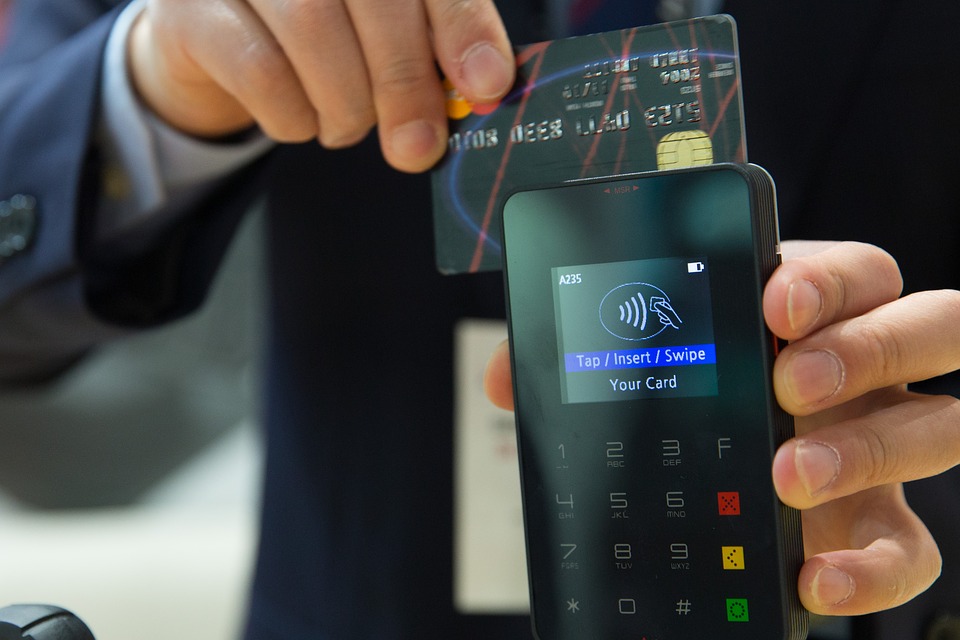IDB report: Digital transaction take 74 percent less time than offline
Delivering in-person transactions costs up to 40 times more than what delivering the same transaction online would cost.

Digital transactional public services (“transactions”) take 74 percent less time than face-to-face transactions, cost much less and reduce corruption; nevertheless, in Latin America and the Caribbean, there is still little investment to offer transactions online. The result? Citizens, firms and public institutions lose time, money and productivity.
According to a new report by the Inter-American Development Bank (IDB), Wait No More: Red Tape and Digital Government in Latin America and the Caribbean (in Spanish: “El fin del trámite eterno: ciudadanos, burocracia y gobierno digital”), completing a government transaction in the region takes an average of 5.4 hours, and up to 11 hours in some countries.
Delivering in-person transactions costs up to 40 times more than what delivering the same transaction online would cost; but only in three countries in the region – Brazil, Mexico, and Uruguay – are more than half of the government transactions available online. In the European Union, 81 percent of transactions are available to start online. In Latin America, the drastically reduced availability contributes to the fact that only 7 percent of people reported having done their last transaction online.
“This report outlines a path for reforms to simplify and digitize government transactions, focusing on the citizen experience and making strategic use of digital tools,” says Ana María Rodríguez-Ortiz, Manager of the IDB’s Institutions for Development Department..“These reforms promote competitiveness, trust in government and social inclusion through agile citizen-state interaction.”
Only half of all transactions are completed in one interaction with the corresponding public institution, and 25 percent require three interactions or more, which generates a high cost when attempting to access basic services such as education, health, paying taxes or obtaining a birth certificate.
The study finds that the cost of transactions is relatively higher for low-income people, given that they generally have less flexibility at work and thus lose precious income when they have to spend time in line to conduct a transaction. 30 percent of low-income people reported having paid a bribe to conduct a transaction, compared with 25 percent of higher-income people. Low-income people also conduct government transactions at a lower rate than higher-income people, leading to less access to government programs and benefits.
There are many obstacles to digital government transactions, such as the fact that only 66 percent of people in the region have a subscription to mobile broadband, and 11 percent to fixed connection broadband. Only 40 percent have a debit card, necessary for making payments online.
The few transactions that are available online can be difficult to do, even for people with high levels of education: 40 of survey respondents reported that they failed in their last attempt to conduct a government transaction online. Additionally, governments seem to make little effort to understand to the citizen experience: only 6 percent of countries in the region systematically analyze the unsuccessful experiences with online transactions.
What should governments do to remedy the situation? The authors recommend:
- Understand the true citizen experience with government transactions through surveys, direct observation or administrative data and use this information to redesign the transactions with the citizen experience in mind.
- Eliminate unnecessary, redundant or obsolete transactions
- Invest in broadening access to online transactions and building a digital government with tools such as interoperability platforms, digital identity and digital signature, among others.
- Improve the quality of in-person provision of transactions through investment in qualified personnel and one-stop shops.










